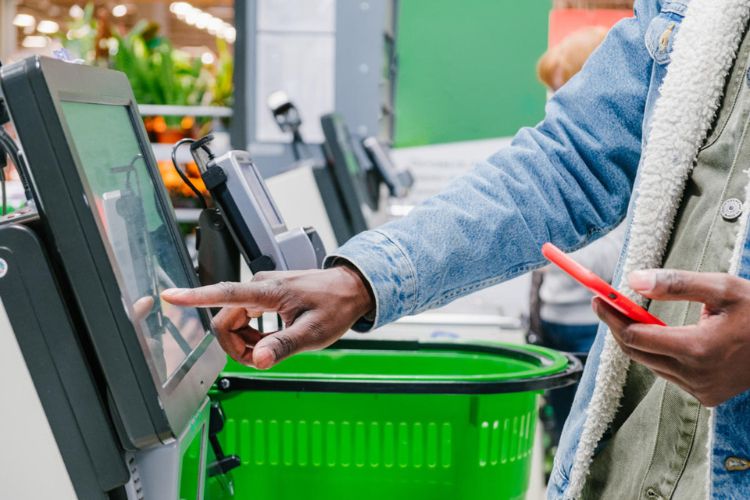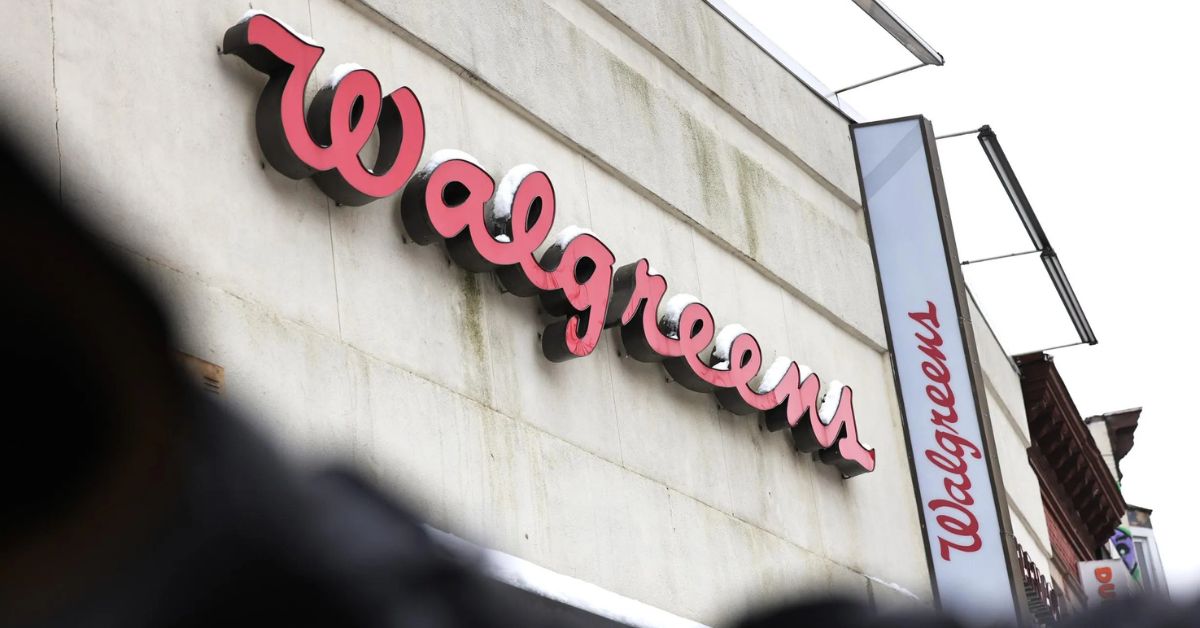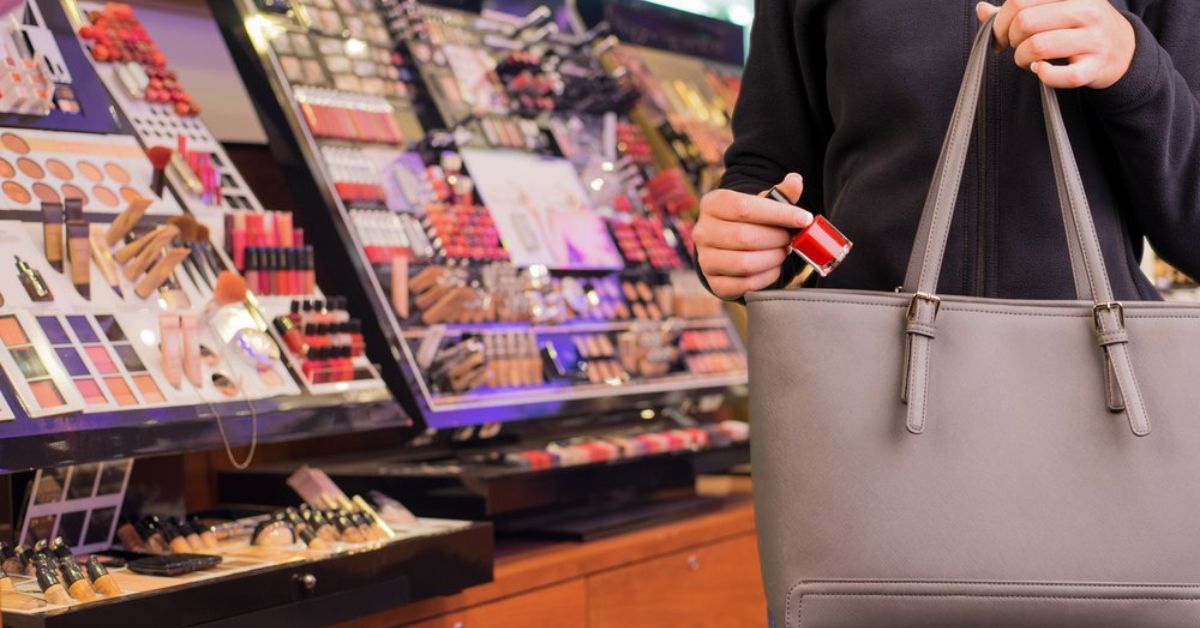Retail theft has become a growing problem in recent years, prompting major retailers like Walmart to take drastic measures. If you’ve been shopping at Walmart lately, you may have noticed that more and more products are being locked up behind glass cases or security devices. But why is this happening? Why is Walmart locking everything up?
Let’s take a closer look at Walmart theft prevention and the reasoning behind these security measures.
Why Is Walmart Locking Everything Up?

The rise in retail theft, also known as organized retail crime, has pushed stores like Walmart to implement stricter security protocols. Walmart has a new way to prevent theft, and locking up products is a major part of that strategy.
The primary reasons include:
- Increase in Shoplifting Cases – Shoplifting incidents have surged, with thieves targeting high-value items such as electronics, beauty products, and even basic household goods.
- Organized Retail Crime (ORC) – Unlike petty shoplifting, ORC involves professional thieves who steal merchandise in bulk and resell it illegally.
- Loss Prevention Measures – Walmart loses billions of dollars annually due to theft, making it necessary to lock up products to protect its inventory.
What Products Is Walmart Locking Up?

If you’ve been to a Walmart store recently, you may have noticed that certain items are now under lock and key.
Walmart locking up products is becoming more common, particularly for:
- Electronics (smartphones, gaming consoles, headphones)
- Cosmetics (razors, skincare products, perfumes)
- Medications and Supplements (over-the-counter pain relievers, baby formula, vitamins)
- High-Theft Items (alcohol, laundry detergent, batteries)
The decision to secure these items isn’t random it’s based on data showing which products are most frequently stolen. With continuous upgrades in Walmart shoplifting prevention policies, items are now being secured with a locking system.
How Does Walmart’s Locking System Work?

To combat Walmart theft, stores have implemented several different security measures, including:
- Locked Glass Cases – Customers must request assistance from an employee to access these products.
- Electronic Locking Devices – High-theft item are secured with locked caps that require a key to remove.
- Security Cameras – Increased surveillance in high-risk areas to deter shoplifting.
- Receipt Checks – At some locations, Walmart employees verify customer receipts before they exit the store.
While these methods help protect inventory, they have also sparked frustration among shoppers who feel that Walmart locking up everything creates an inconvenient shopping experience.
How Effective Is Walmart’s Theft Prevention Strategy?
Walmart has a new way to prevent theft, but is it actually working? Locking up products can deter opportunistic thieves, but it also comes with its challenges:
Benefits of Walmart’s Theft Prevention Strategy:
- Reduces Shoplifting – To ensure retail theft prevention, the store is tightening the situation against thieves to prevent them from grabbing and escaping.
- Protects High-Value Items – Ensures expensive products remain available for paying customers.
- Dissuades Organized Retail Crime – Professional thieves are less likely to target items that require employee assistance to access.
The downside of Walmart’s Theft Prevention Strategy:
- Inconveniences Customers – Shoppers must wait for an employee to unlock products, which can be time-consuming.
- May Impact Sales – Customers may abandon their purchase if they have to wait too long.
- Employee Shortages – Finding a staff member to unlock cases can be difficult, especially in understaffed stores.
Despite these drawbacks, Walmart believes that the benefits outweigh the negatives when it comes to protecting its merchandise and bottom line.
The Future of Walmart Theft Prevention

As Walmart theft is a rising concern among consumers, the company is planning to explore additional security measures that go beyond locking up products. Some future strategies are:
- AI-Powered Surveillance – Using artificial intelligence to detect suspicious behavior in real-time will help minimize shoplifting cases.
- RFID Tracking – Including radio-frequency identification to track high-theft items.
- Cashier-Free Checkout Systems – Amazon-style automated checkout to reduce shoplifting at self-checkouts.
While locking up products is a significant step, Walmart is constantly evolving its theft prevention tactics to stay ahead of criminals.
Bottom Line
So, why is Walmart locking everything up? The simple answer: theft is a growing problem, and Walmart is taking aggressive steps to protect what matters. These measures might frustrate shoppers, but they are benefitting Walmart in safeguarding it’s profits.
Walmart has a new way to prevent theft, and whether you agree with it or not, it’s a need situation. As retail theft continues to rise, consumers might see even more security measures in the future.






